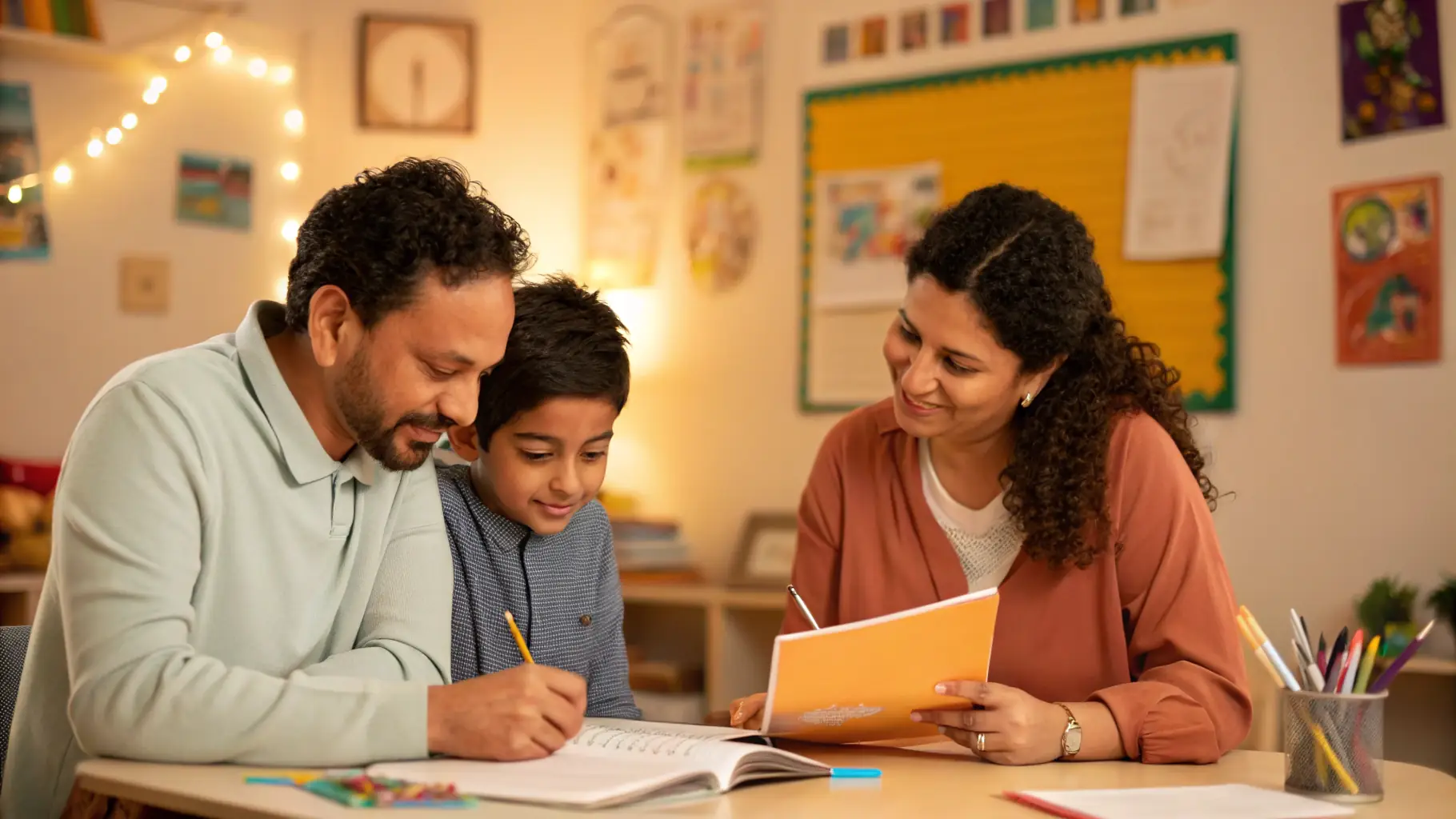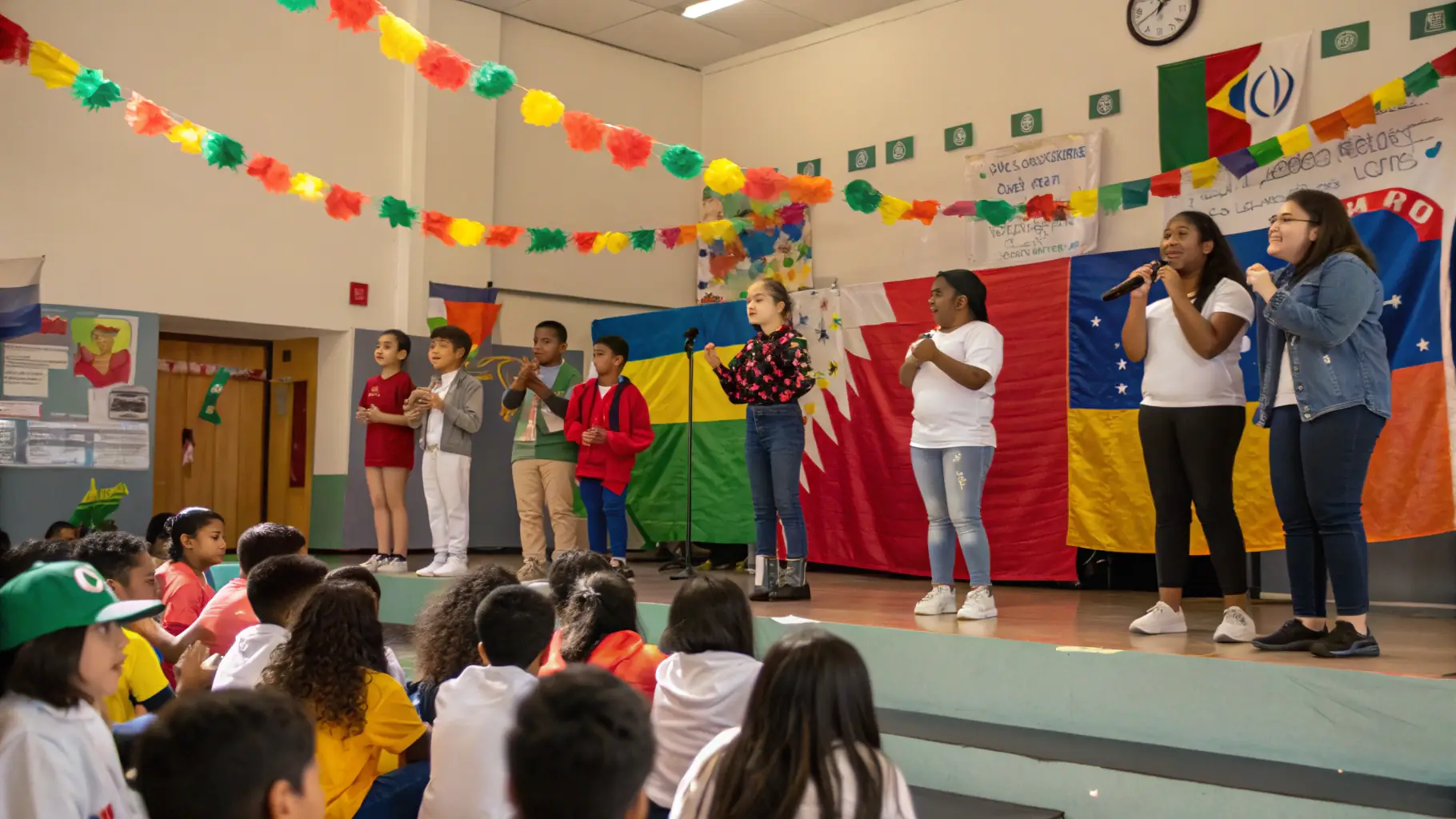Individualized Education Plans
Individualized Education Plans (IEPs) are a tool to support students with diverse learning needs in inclusive middle schools. An IEP is a legally binding document that outlines specific educational goals, accommodations, adaptations, and services tailored to a student’s unique requirements. It serves as a roadmap for educators, ensuring that they provide the necessary support to help students succeed academically and socially. The BC Ministry of Education defines an IEP as ‘a platform from which a student’s school career may be enriched, monitored and reviewed’ (Guidelines for Completion and Presentation of Individual Education Plans (IEP’s) and Case Management Plans (CMP’s)). By focusing on individual strengths, interests, and challenges, IEPs promote a personalized approach to education.
IEPs are created once a student is designated as meeting the criteria of the Ministry of Education for students with disabilities or diverse abilities in the following categories: physically dependent, deafblind, moderate to profound intellectually disabled, physically disabled or chronic health impaired, visually impaired, deaf or hard of hearing, Autism Spectrum Disorder, and intensive behaviour interventions or serious mental illness. IEPs are mandatory and must be created once students are designated as meeting the Ministry of Education categories for students with disabilities and diverse abilities, unless the student requires little or no adaptation to the curriculum or instruction.
The development of an IEP involves collaboration between the student, parents, classroom teachers, and resource teachers. This collaborative process helps to create a comprehensive plan that addresses the student’s needs and strengths. In BC, teachers are encouraged to use the appropriate Instructional Support Planning Process documents (Autism Instructional Support Planning Process Behaviour Intervention/Mental Illness Instructional Support Planning Process; Intellectual Disability Instructional Support Planning Process; Learning Disabilities Instructional Support Planning Process; Physical Disabilities/Chronic Health Impairment Instructional Support Planning Process) to ensure that the IEP covers all areas in which the student might struggle or need support.
Once teachers fill out these checklists and an IEP meeting is hosted, the resource teachers can create a responsive IEP that reflects the student’s strengths, challenges, and interests. IEPs should prioritize the student’s voice, incorporating their goals, strengths, interests, and challenges in first-person language. In BC, IEPs are increasingly being written as Competency-Based to better reflect the student’s strengths and interests. Regardless of which type an IEP is, IEPs need to include goals for the student to meet the curriculum, and strategies and adaptations that will allow the student to do so.
Ultimately, IEPs support inclusive middle schools in ensuring that students are able to participate fully in their classes.
Student Profiles
Student profiles are short, one- or two-page profiles of the student’s strengths, interests, challenges, and goals. They summarize the most essential information in an IEP for EAs, substitutes, and any other team members who might be working sporadically with a student. Student profiles should prioritize student voice, frame the information in a strengths-based way, and communicate efficiently so the student can always be supported and as successful as possible.
In order to be as authentic and student-centred as possible, profiles should include:
- A photo of the student
- About the student, using first-person language (ex: ‘I am a sixth-grade student with cerebral palsy’)
- Student’s interests, written in first-person language (ex: ‘I love reading graphic novels’)
- Student’s strengths, written in first-person language (ex: ‘I am respectful’)
- Student’s challenges, written in first-person language (ex: ‘I don’t know how to read’)
- Student’s learning preferences, written in first-person language (ex: ‘I need a reason for why I am learning something’)
- Student’s goals for the year (ex: ‘I want to learn to read’)
Here is an example student profile, without a photo: Student Profile Example
Resources
British Columbia Ministry of Education and Child Care. Inclusive Education Services: A Manual of Policies, Procedures, and Guidelines. 2024. Retrieved from https://www2.gov.bc.ca/assets/gov/education/administration/kindergarten-to-grade-12/inclusive/inclusive_ed_policy_manual.pdf
British Columbia Ministry of Education and Child Care. Guidelines for Completion and Presentation of Individual Education Plans (IEP’s) and Case Management Plans (CMP’s). Retrieved 2025 from https://www2.gov.bc.ca/assets/gov/education/administration/kindergarten-to-grade-12/independent-schools/se_guide_iep_cmp.pdf.
Wiebe, Kelsey. How to Run an IEP Meeting. 2025. summary-sunbird.10web.me
Wiebe, Kelsey. IEP Checklist. 2025. Adapted from the BC Ministry of Education.



